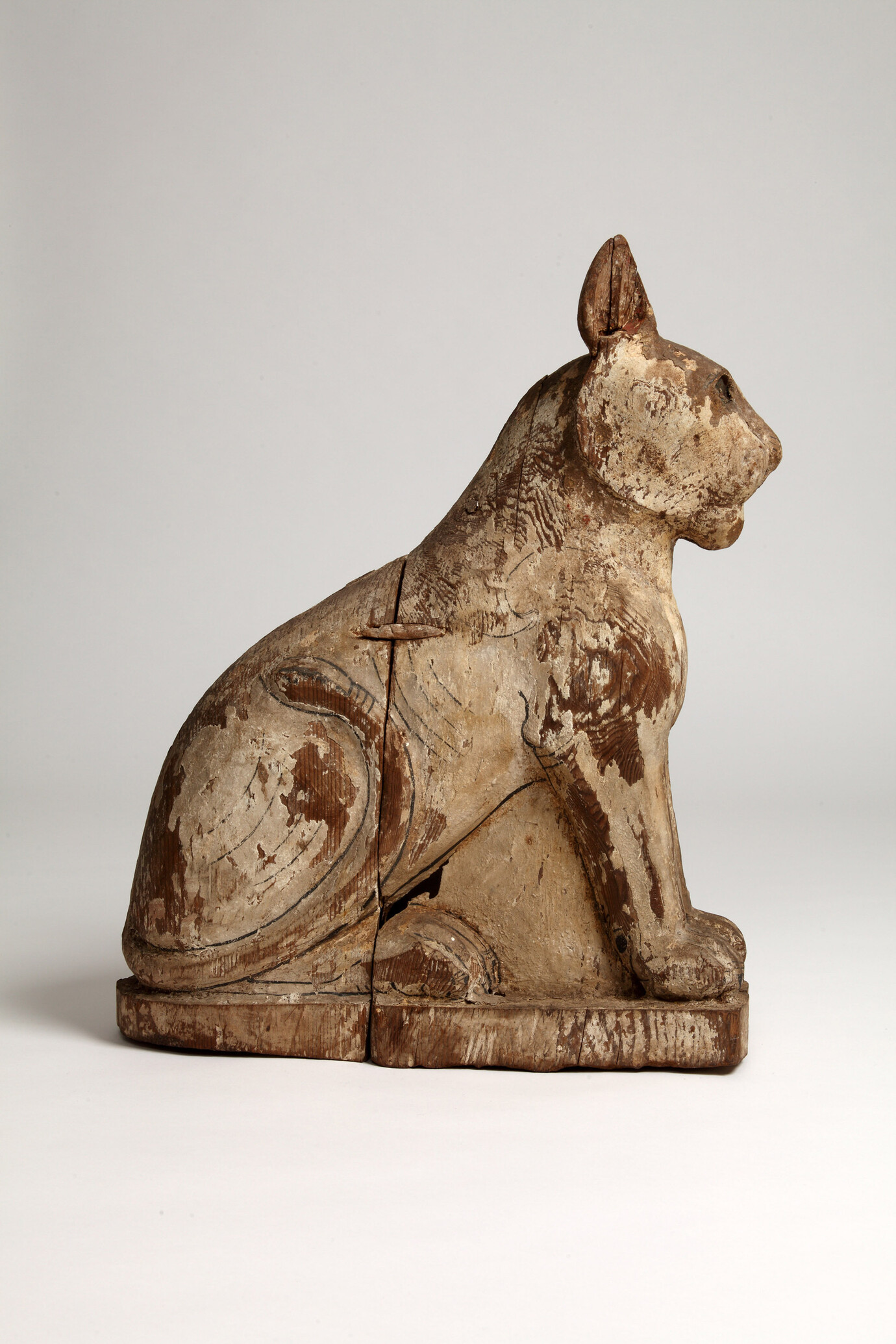
in Polski / Polish translated by Julia Zieba
This object has been translated into 11 different languages by 9 different users
Starożytni Egipcjanie uznawali wiele zwierząt za personifikacje bóstw. Nie inaczej było w przypadku kotów. Ten obiekt właśnie to wydrążona rzeźba kota, uważanego często za symbol bogini Bastet.
Prześwietlenia rentgenowskie potwierdziły, że rzeźba stanowiła trumnę dla mumii kota, którego nienaruszony szkielet widoczny był pod bandażami.
Przez długi czas nie było wiadomo, czy trumna pochodzi z Egiptu. Pewnego dnia w archiwach Muzeum znaleziono jednak list wraz ze zdjęciem pokazującym trumnę w Sakkarze, największym cmentarzu dla świętych zwierząt w Starożytnym Egipcie.
Czy miałeś/miałaś kiedyś zwierzę domowe, które zmarło? Co zrobiłeś/zrobiłaś z jego ciałem po śmierci?
Do you have something you’d like to say, in your own language or English, about the object or translation? We’d like to hear what you think.
Translations are community-sourced and for anyone to participate in, however you use your language. For more information, see Community Guidelines.
Write a Reply or Comment